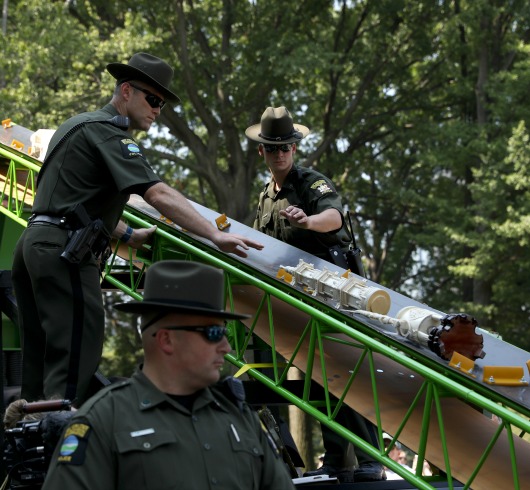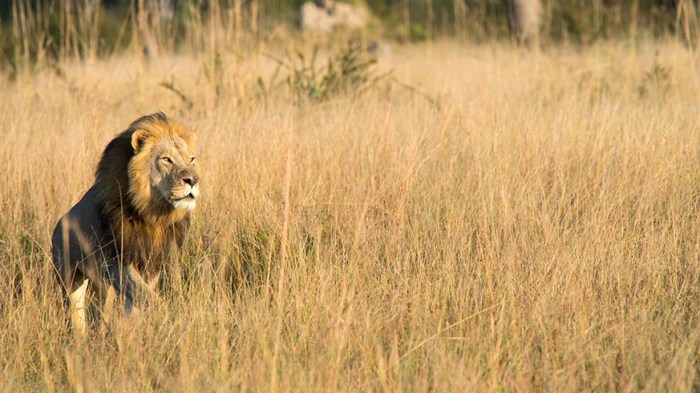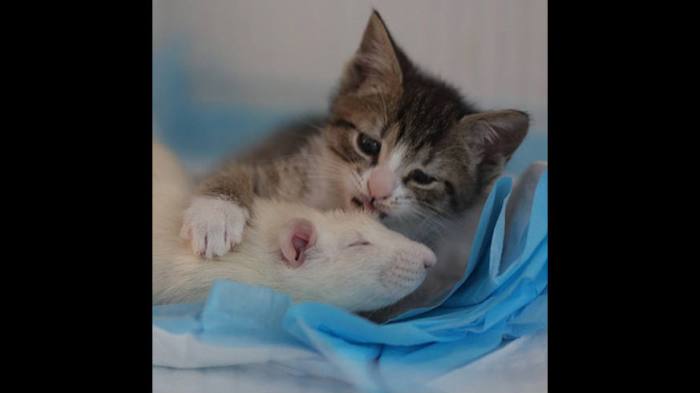An infestation of urban-dwelling creatures usually causes people to gag or get the frights, but one furry city animal is taking over Boston’s terrain – and winning its residents’ hearts.
Boston is known to be home to many creatures people look to avoid: Rats, squirrels, mice, roaches, pigeons, seagulls, mosquitos, plenty of other bugs and birds, raccoons, possums, and sometimes a few Yankees and Lakers fans.
But the city is experiencing the most adorable annual “infestation” imaginable: Bunnies.
Massachusetts is home to two species of rabbits, the New England Cottontail and the Eastern Cottontail. Late summer and early Fall are the prime times of the year to spot them as they are busy eating and reproducing like…. rabbits. They are not monogamous creatures and start mating as early as mid-February until as late as September. They average five babies per 30-day gestation period.
“Cottontails are always fairly common around the state, but this is the time of year where you will see them out with their young,” Marj Rines of the Massachusetts Audubon told Metro. “The inexperienced young ones are often more tolerant of humans. It might seem like they are out in unusual numbers, but it’s part of the natural cycle and curiosity.”
The Eastern Cottontail are the most commonly found species in Massachusetts. They’re afraid of people, but live along side us without much for consequences. They have adapted to human society fairly easily, making their homes in yards, bushes, weed patches and gaps in structures and buildings. They spend their whole lives living in an acre and half territory, though they will stray from their turf during the winter. They don’t hibernate and are active all year round.
“There is little incentive for people to treat them like pests,” Rines said. “They don’t try to get inside a house like rats or mice do. The only real problem they create is that they’ll eat your gardens.”
Once the young are born, they get right back to it, producing about three litters in a New England Season. The newborns are two inches long, weigh less than an once and are completely naked, blind and deaf, making them absolutely defenseless. They leave their nests in just over two weeks and are completely independent at three or four weeks old.
The cottontails don’t live too long, usually about two years. Nearly half the young don’t make it passed a month because they are a staple in the diets of many predators.
“Coyotes are their number one predator,” Rines said. “We typically see them this time of year on the outskirts of the city. Hawks and crows also go for rabbits in town. We don’t have any fisher cats, but regular cats are a big problem for them. They’ll hunt the young ones. We often recommend people keep their cats indoors because they are destructive to local wildlife.”
Coyotes have also adapted to humans, meaning most Massachusetts residents live near their territory. They are often seen in towns like Newton and Milton or in neighborhoods like West Roxbury.
Coyote sightings in the city increased in 2012, but have since leveled off. They love the buffet of poorly secured garbage and rabbit meat.
The cottontails tend to be silent creatures who communicate with soft grunts, purrs and thumping the ground with their hind legs. Should you hear a horrifying, bloodcurdling scream that doesn’t sound like a person, it means that something has probably made a meal out of a bunny and you may want to look out for coyotes and other hunters.
























